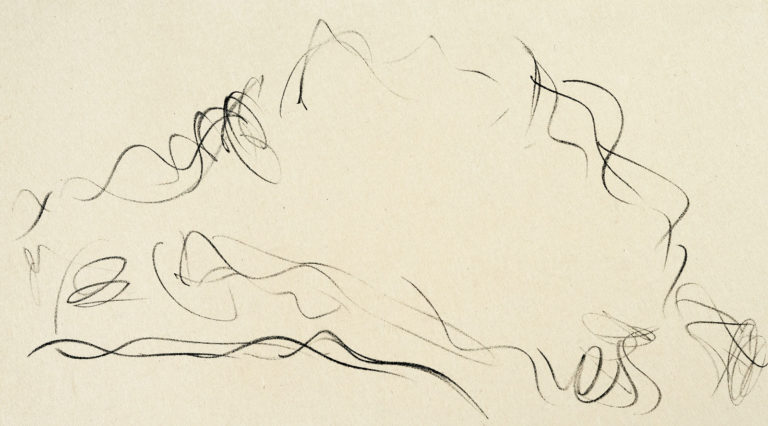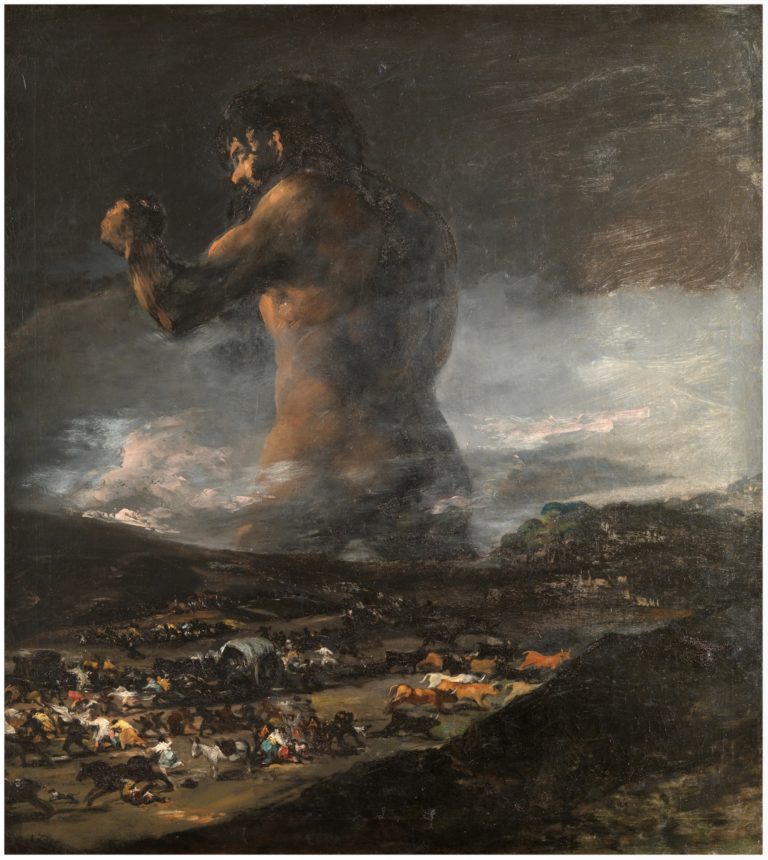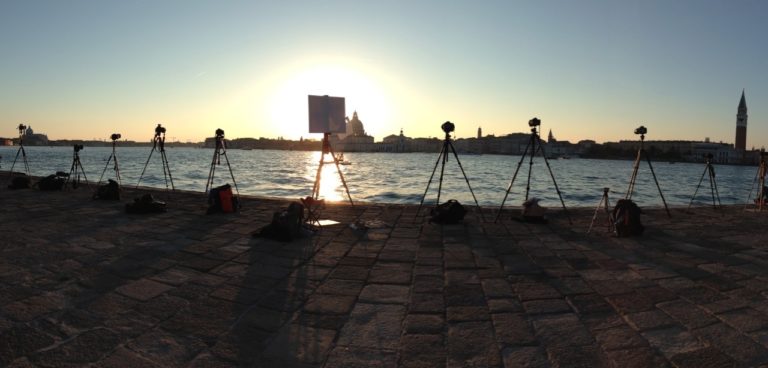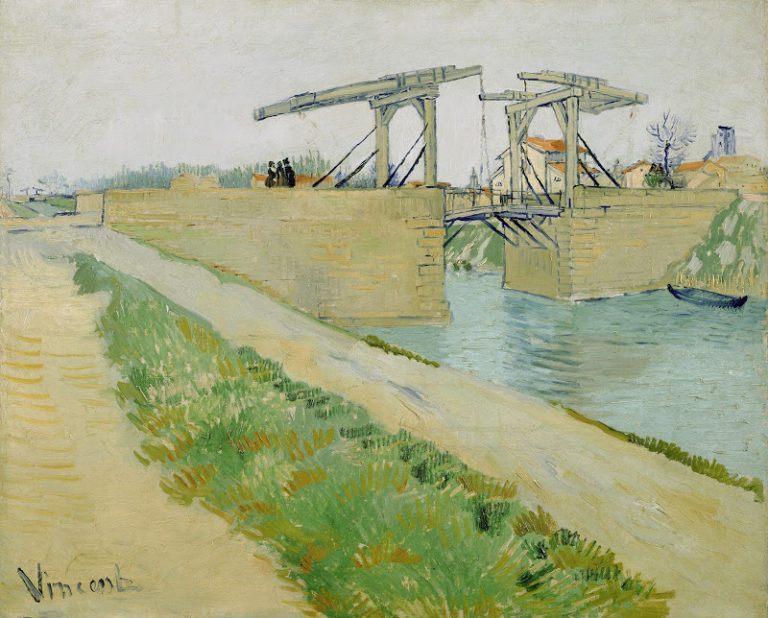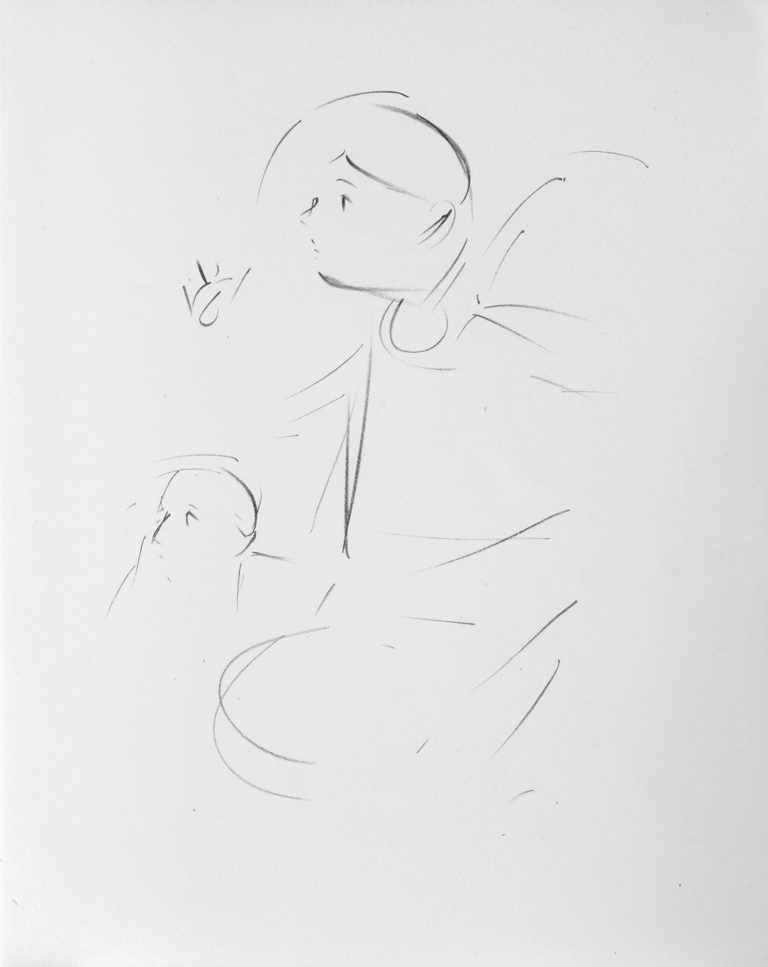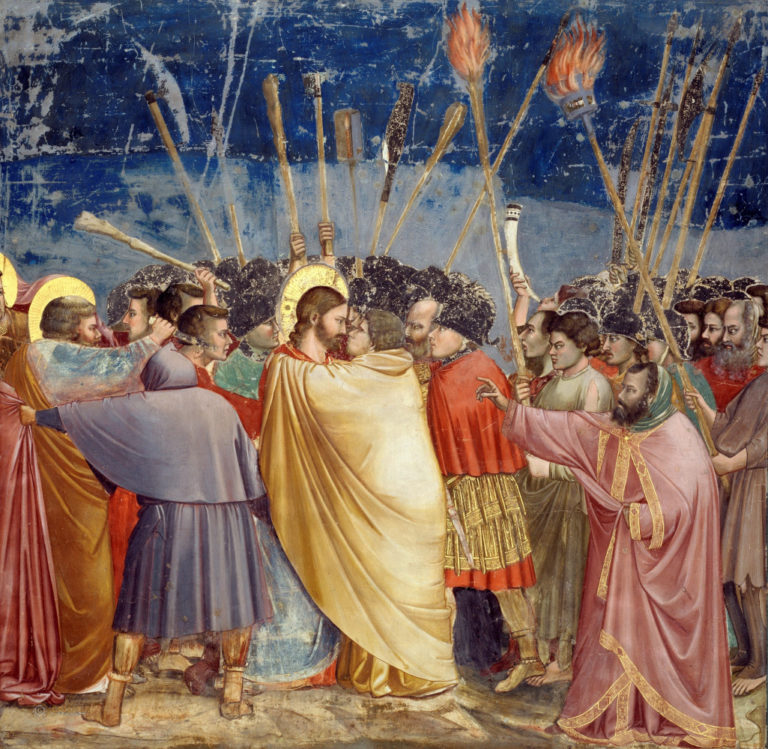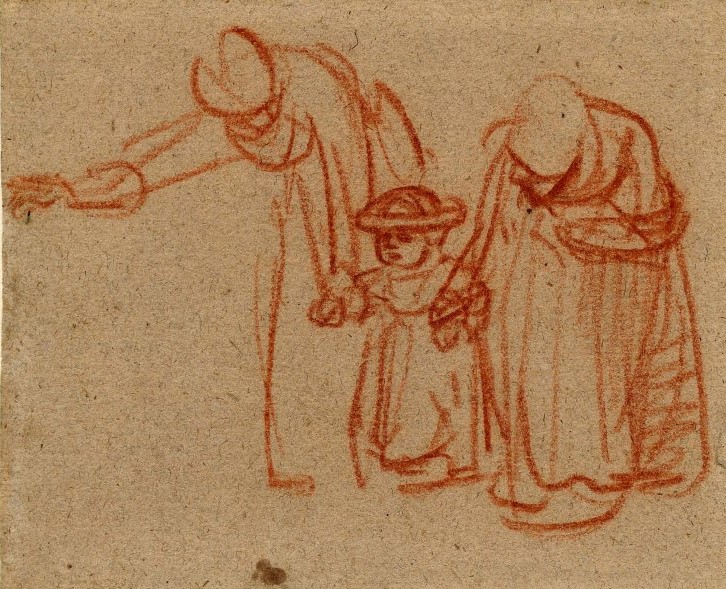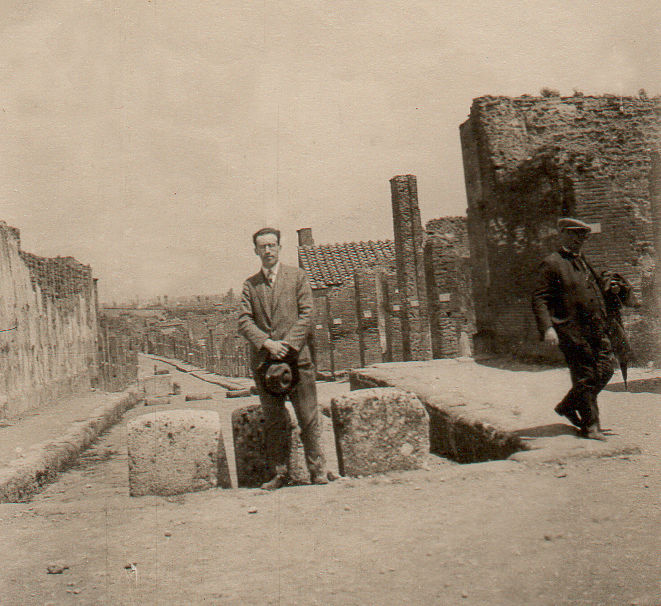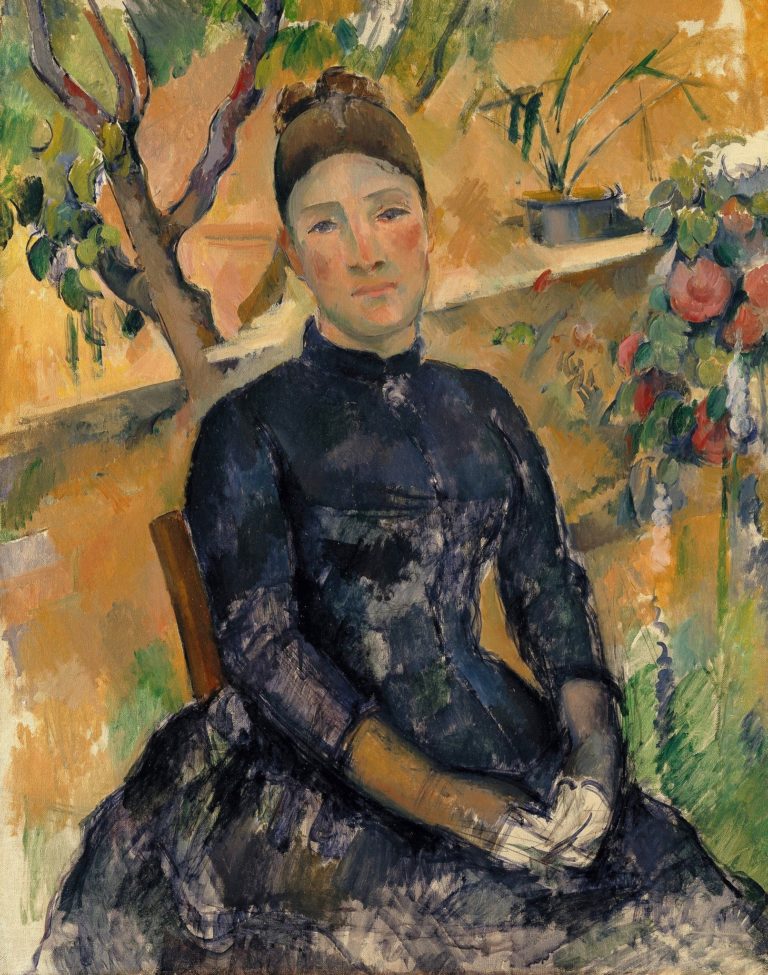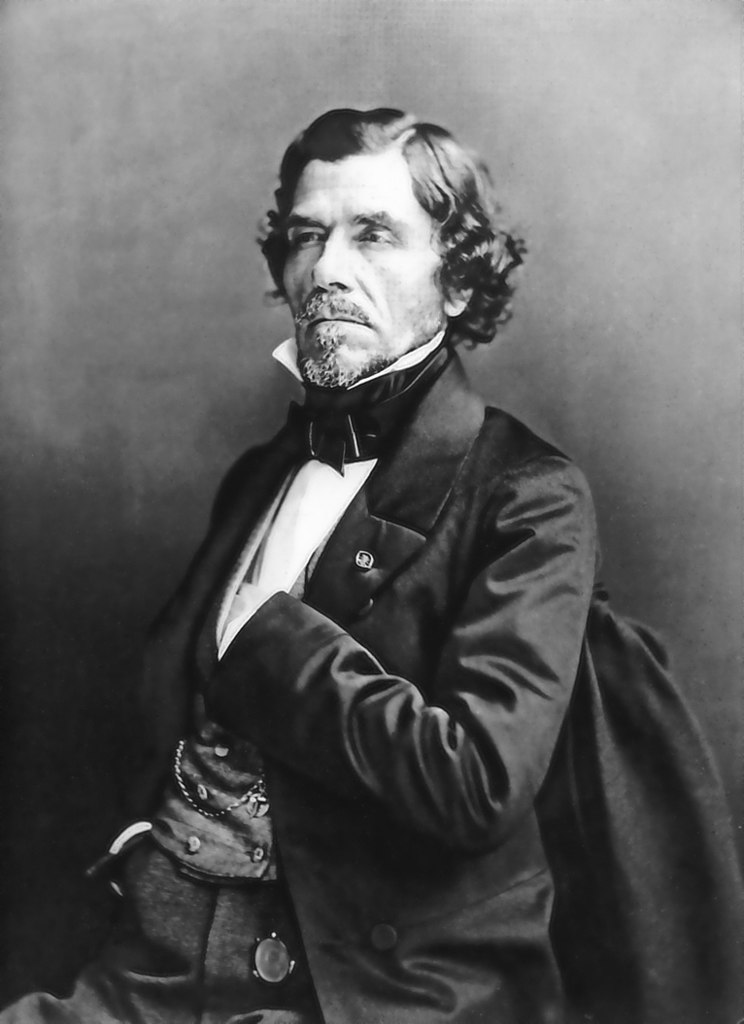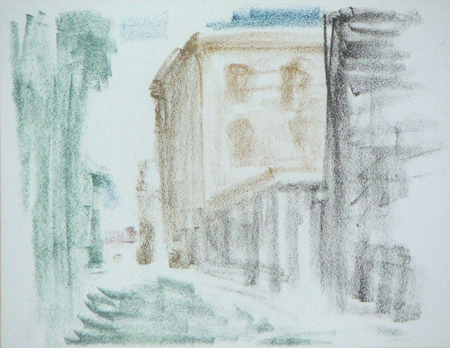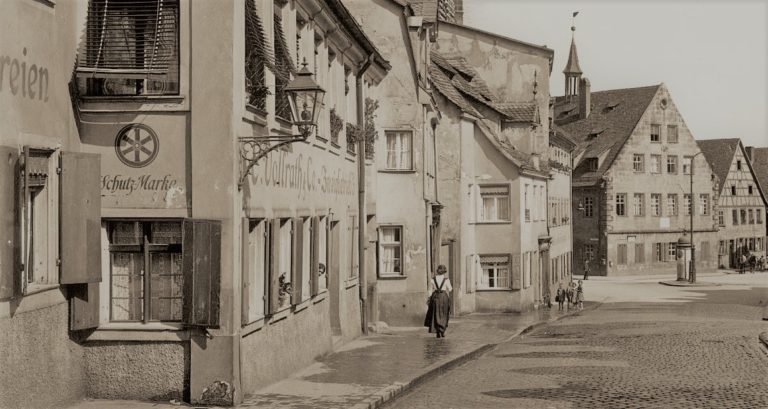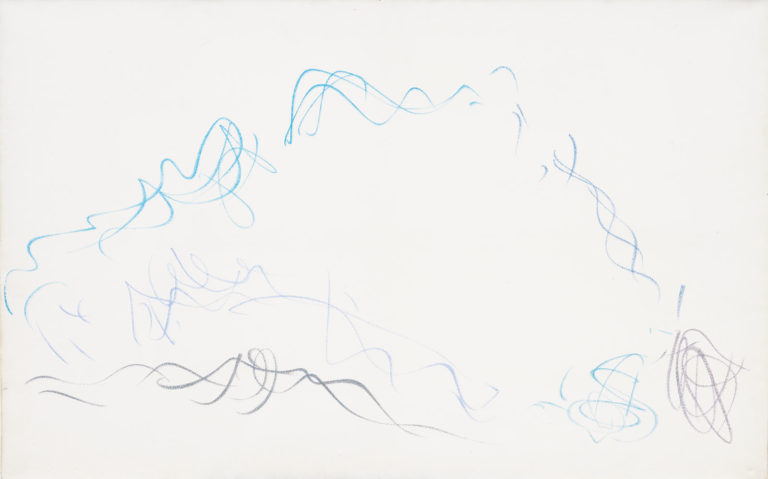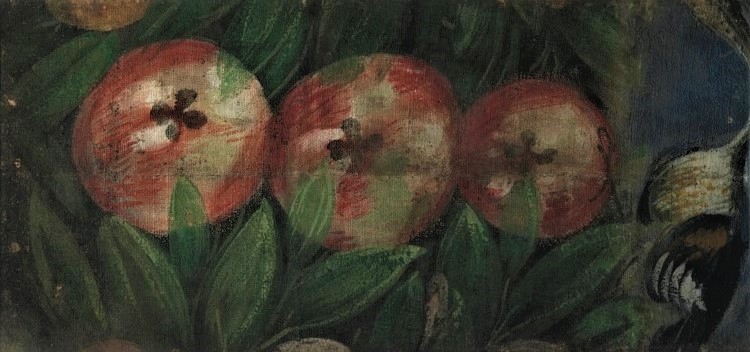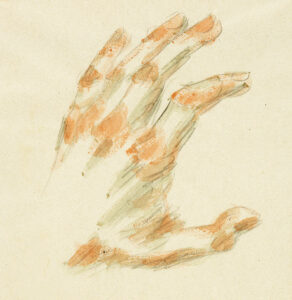A table in Tholonet
The Marchutz Tapes — Reflections on Art
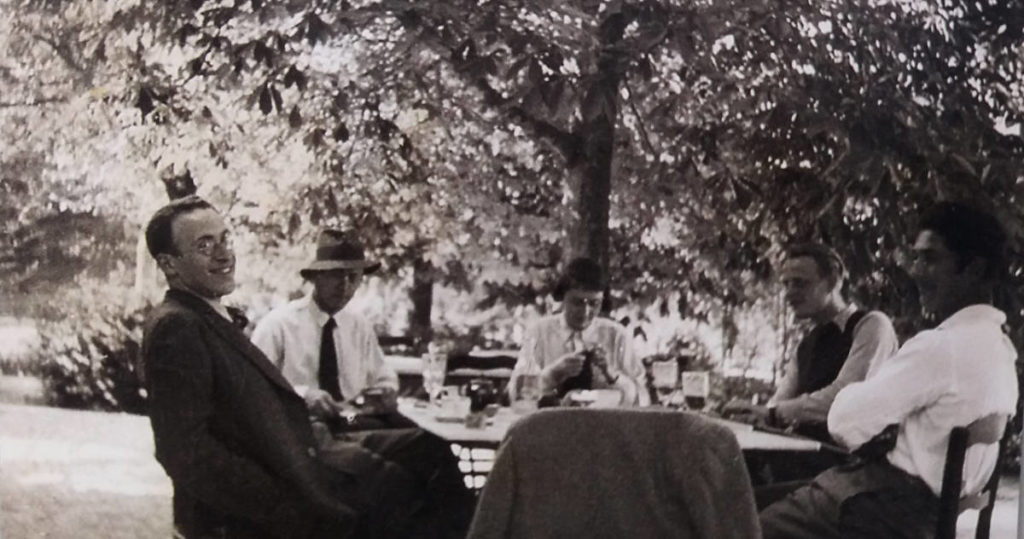
— Repas au Tholonet (1936), from the album Château-Noir 1933-1937, Ed. Atelier 48 BIS
On a warm summer evening in early July, 2019, a group of nearly 20 people gathered for dinner at a large outdoor table in Tholonet. Brought together by their commitment to the legacy of Leo Marchutz, they represented nearly four generations of history with the Marchutz School, including current and former students, faculty, and well-wishers.
The conversation was lively and varied, skipping from philosophy of art to the challenges of maintaining a studio practice, from fine points of educational theory to the question of Leo Marchutz’s place in the history of modern art. In other words, it really wasn’t so different from the conversations we might have had nearly 50 years ago when the German-born artist was still alive.
We’ve begun this blog as a way of acquainting readers with a recently transcribed set of interviews between Leo Marchutz and his students recorded on cassette tape between 1974 and 1976. Each post contains a brief extract from these transcriptions selected by someone with a strong interest in Marchutz and his theories about art.
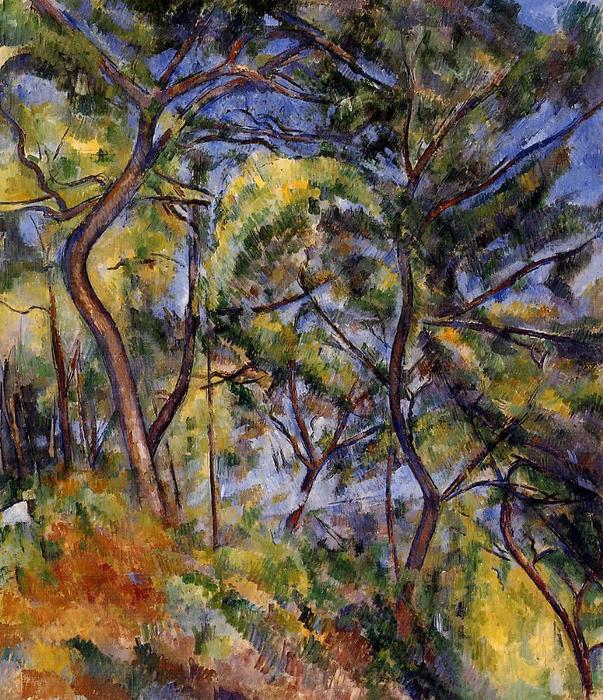
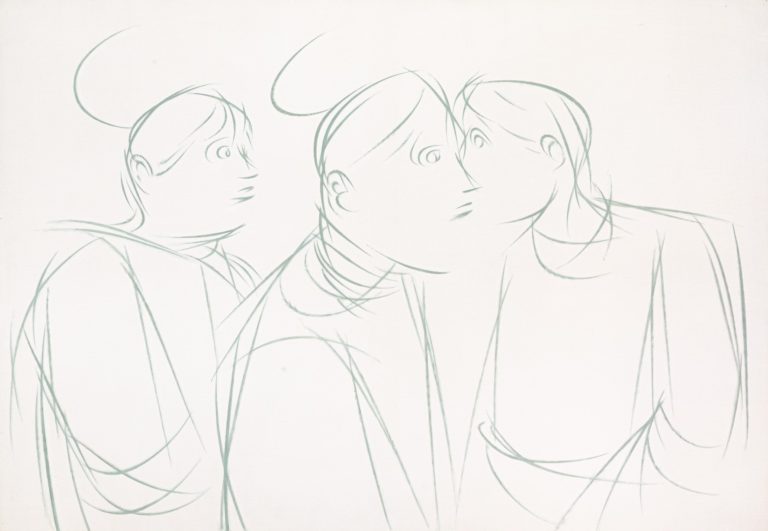

The Marchutz Tapes
“We came with a tape recorder with the dual intention of documenting Leo’s voice and his art-related wisdom and at the same time trying to lift his spirits, if only for an hour or two.
To remember Leo as he was then is to remember the wisdom he so unselfishly imparted. It is to remember not only what he said, but how he said it.”
—
Extract from Leo & I and the Ghost of Cézanne: A Memory of Art and Provence, by William M. Weyman (Daedalus Gallery)
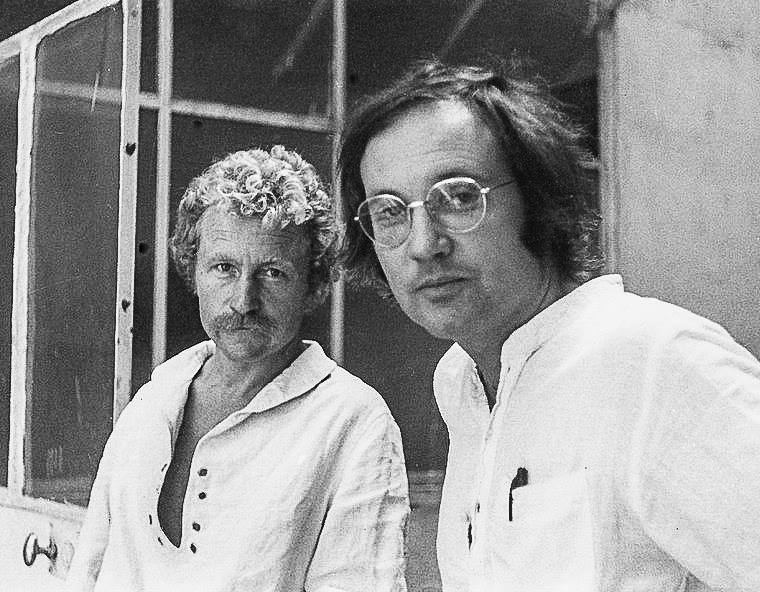
Sam Bjorklund and William Weyman (1978)
Co-founders of the Leo Marchutz School of Painting and Drawing and originators of The Marchutz Tapes.
